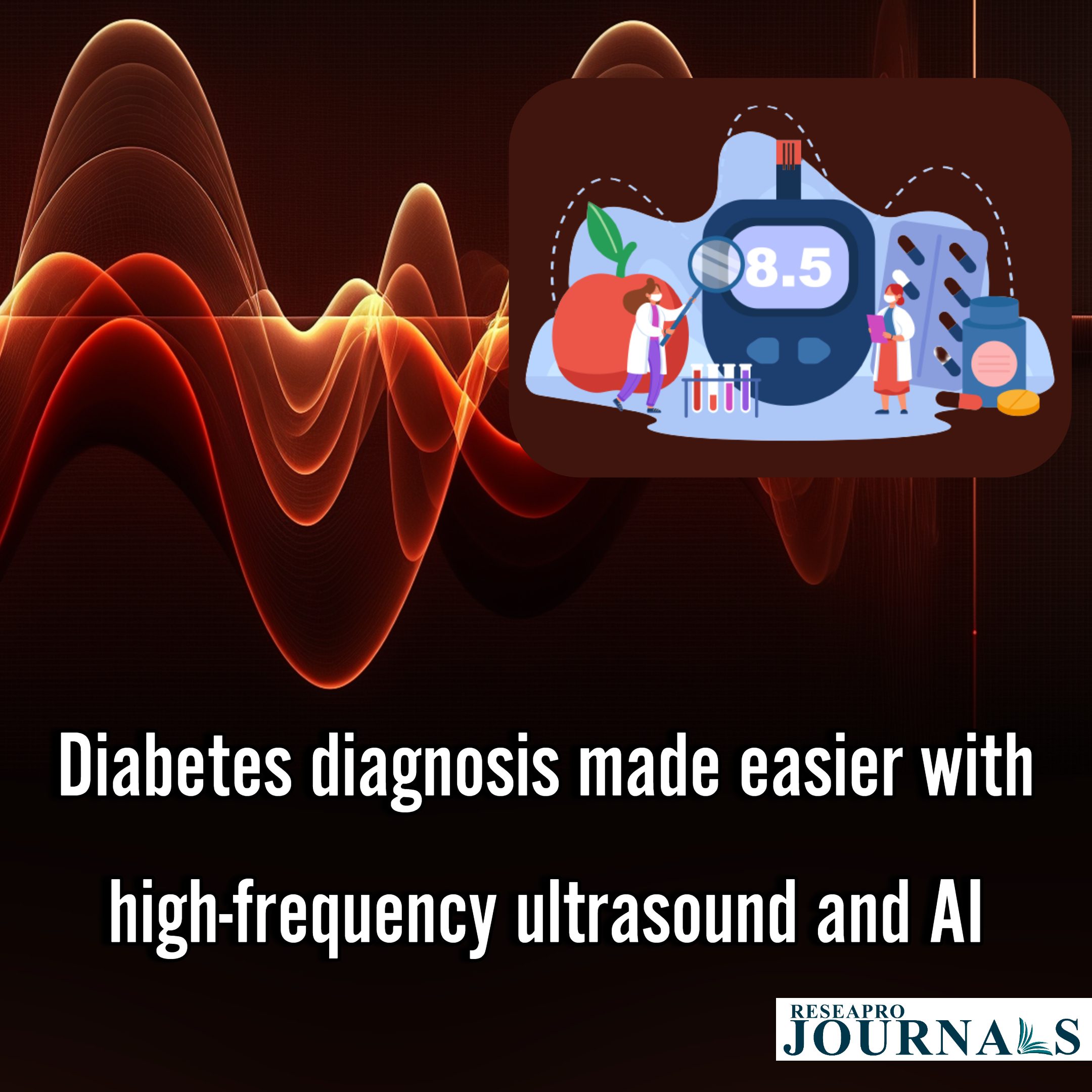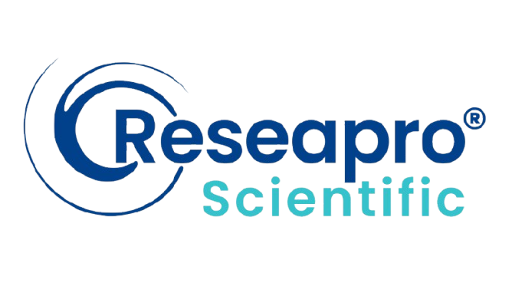A new method for diagnosing diabetes using high-frequency ultrasound and a convolutional neural network was developed. The method is based on the observation that glucose in red blood cells forms glycated hemoglobin and accumulates on its surface. The results confirmed the efficacy of the CNN-based approach with a classification accuracy of 0.98. This non-invasive diagnostic technology holds promise for in vivo diagnosis without the need for blood collection.




